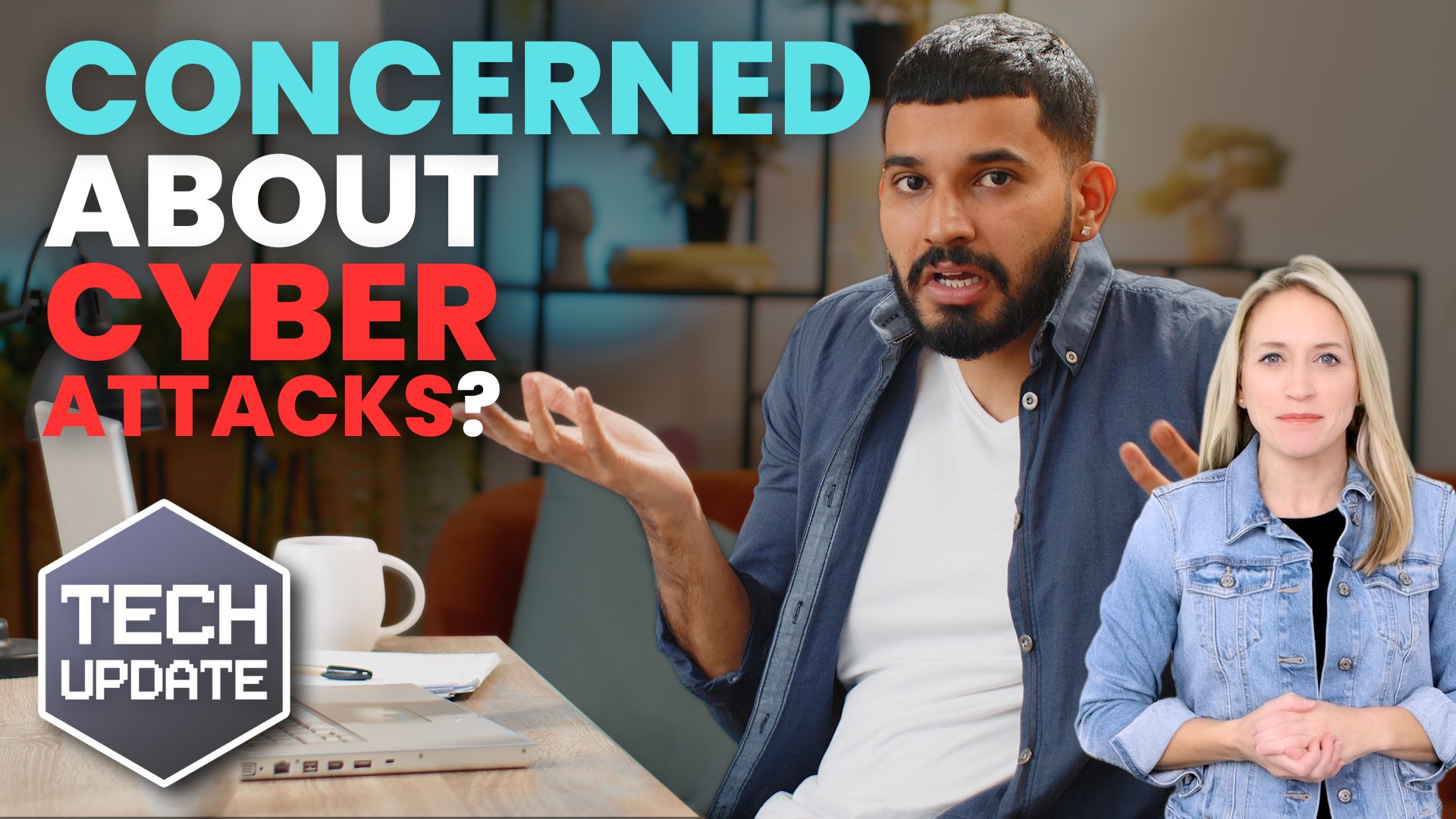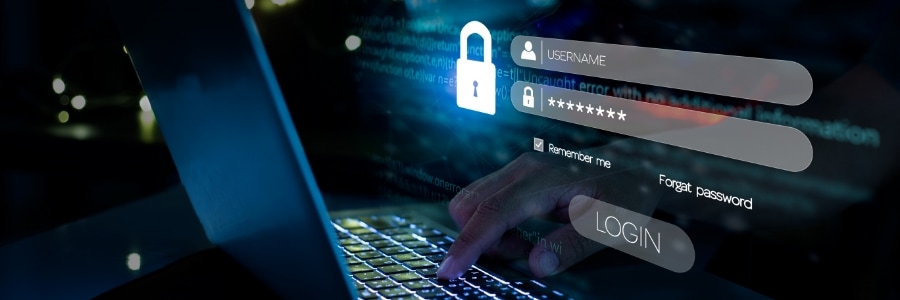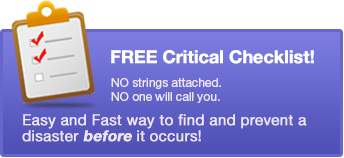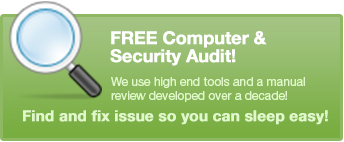Choosing a phone system doesn’t have to be confusing. We compare Zoom Phone and traditional Voice over Internet Protocol (VoIP) in a clear, nontechnical way to help you find the best fit for your business.
What’s the difference?
Traditional VoIP systems have been around for a while, enabling phone calls over the internet instead of using traditional phone lines.











